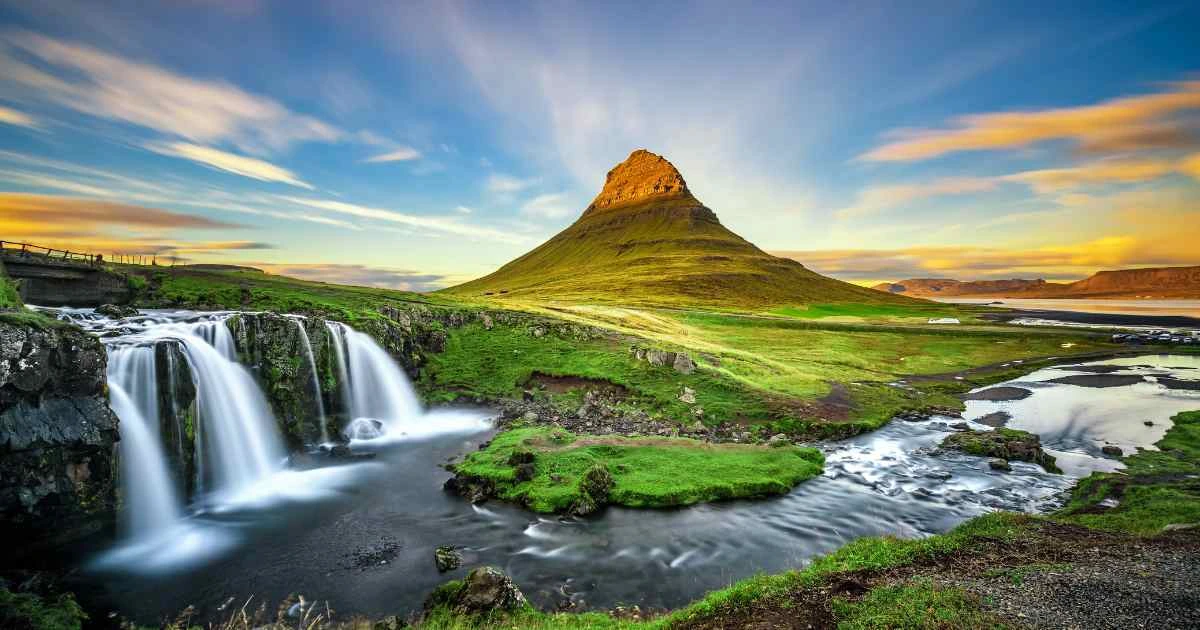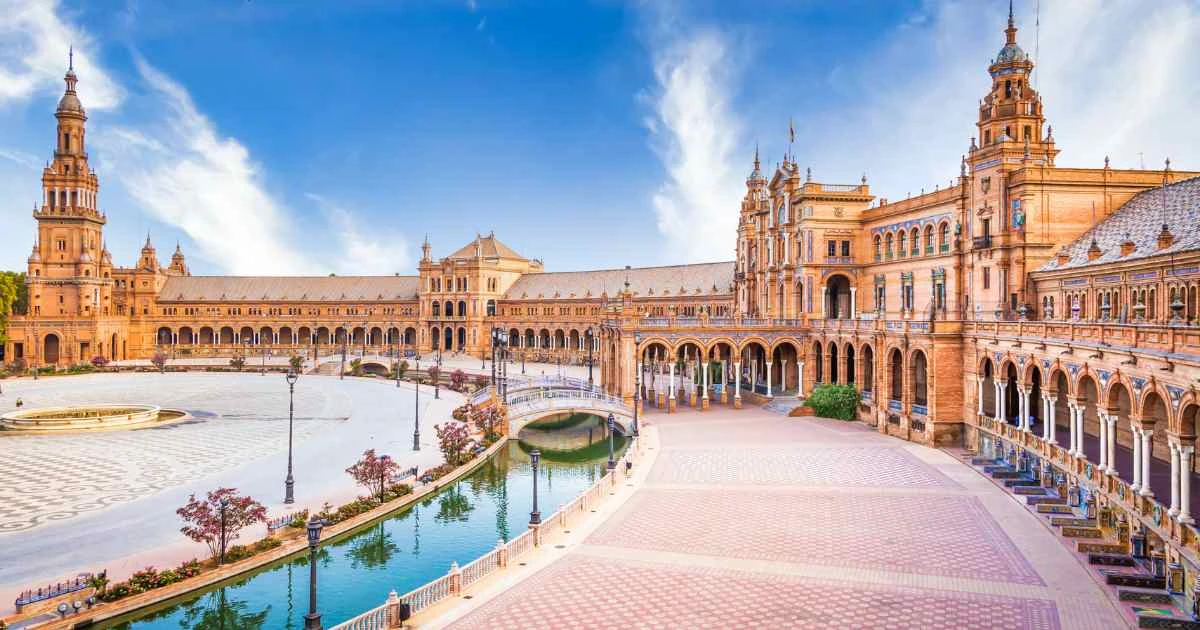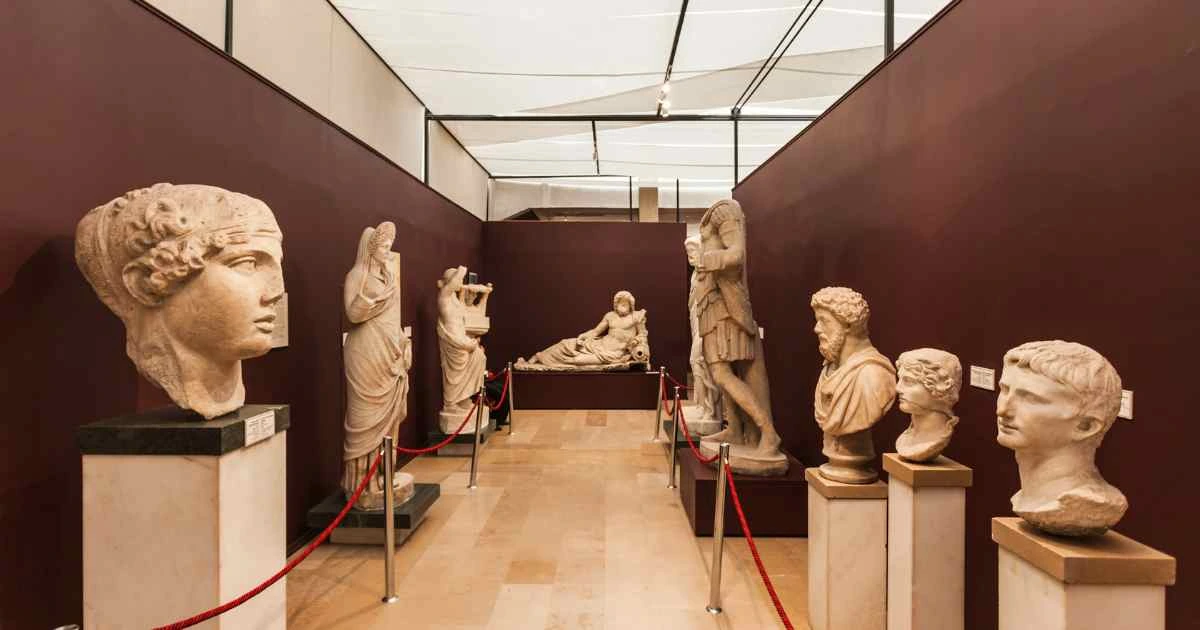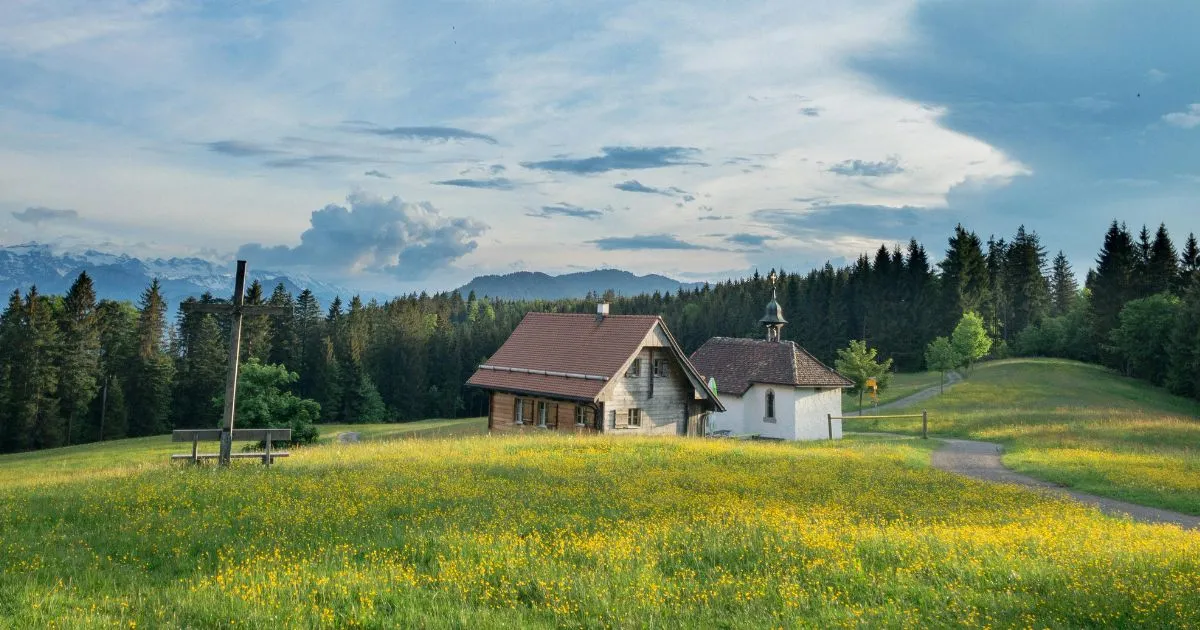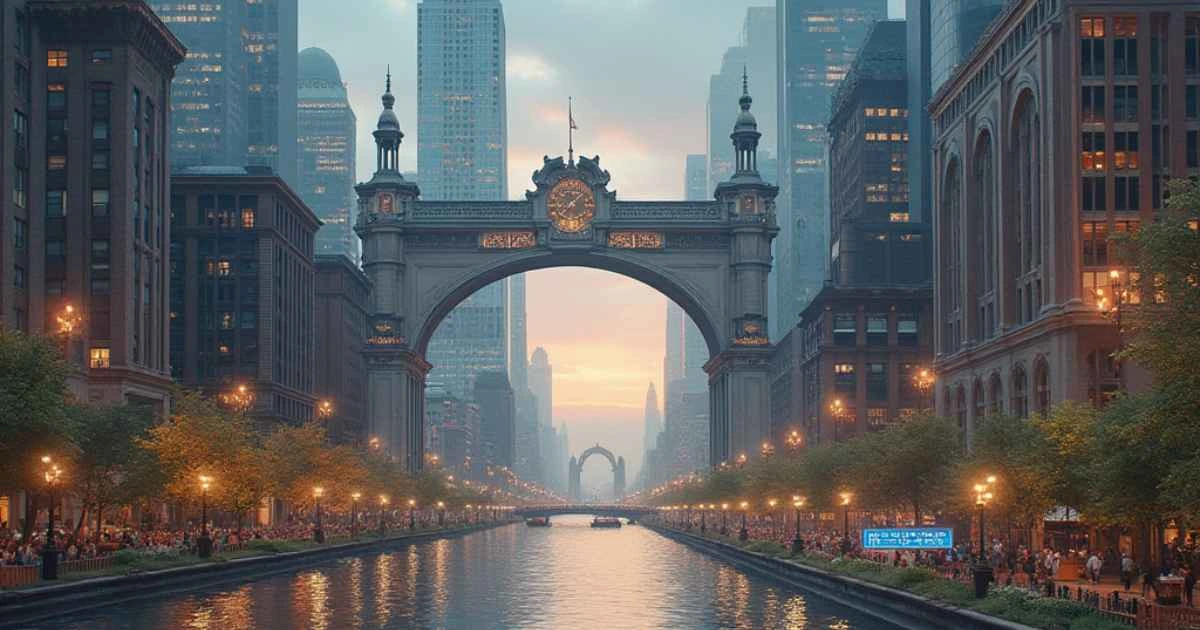Best Time to Visit Iceland for Epic Adventures
Iceland, the land of fire and ice, offers visitors a breathtaking array of natural wonders from thundering waterfalls and erupting geysers to massive glaciers and the mesmerizing Northern Lights. This unique island nation sitting at the edge of the Arctic Circle experiences dramatic seasonal variations that significantly impact the travel experience. Understanding the best time to visit Iceland requires considering weather conditions, daylight hours, tourist density, accessibility to attractions, and the natural phenomena you hope to witness during your journey.
Table of Contents
Seasonal Breakdown for Iceland Visits
Summer Season (June to August)
Summer represents the peak tourist season in Iceland and with good reason. During these months, Iceland experiences its mildest weather and most extended daylight hours, making it possible to explore the country’s magnificent landscapes almost around the clock. From late May through July, Iceland experiences the phenomenon known as the midnight sun, when the sun barely sets, creating a continuous twilight that allows for exploration well into the evening hours.
Average temperatures during summer range from 50°F to 59°F (10°C to 15°C), though days can occasionally reach into the high 60s Fahrenheit (around 20°C), particularly in the capital region and southern coast. Precipitation remains a factor year-round in Iceland, but summer generally sees somewhat drier conditions than autumn, though visitors should still expect occasional rain showers.
Summer’s extensive daylight and relatively mild conditions make this the only time when Iceland’s highland interior becomes fully accessible. The F-roads (mountain roads) typically open in mid-June (depending on snow conditions) and remain accessible until early September, allowing visitors to explore otherworldly landscapes like Landmannalaugar’s rhyolite mountains, the volcanic Askja caldera, and the colorful Kerlingarfjöll geothermal area.
Wildlife viewing reaches its peak during summer months. Atlantic puffins, which nest on coastal cliffs from May through August, become a major attraction in places like the Westman Islands, Látrabjarg in the Westfjords, and Borgarfjörður Eystri in East Iceland. Whale watching tours report their highest success rates during summer when multiple species, including minke whales, humpbacks, and sometimes blue whales, feed in the nutrient-rich coastal waters.
Cultural events and festivals flourish during the summer season. The Secret Solstice music festival in Reykjavík, numerous town festivals throughout rural communities, and the vibrant Iceland National Day celebrations on June 17th offer opportunities to experience local culture alongside natural attractions.
Pros:
- Nearly 24 hours of daylight for extended exploration
- Mildest temperatures of the year
- Complete access to highland regions and remote attractions
- Optimal conditions for hiking and outdoor activities
- Peak wildlife viewing, especially for birds and whales
- All mountain roads and hiking trails accessible
Cons:
- Largest tourist crowds of the year, particularly at popular sites
- Highest prices for accommodations, tours, and car rentals
- Need for advance bookings (often 3-6 months) for quality accommodations
- Popular attractions can become crowded, especially during midday hours
- Campsites may reach capacity during peak weeks
Winter Season (November to March)
Winter transforms Iceland into a dramatically different landscape of snow-covered mountains, frozen waterfalls, and ice caves beneath massive glaciers. While traditionally considered the off-season, winter has gained popularity among travelers seeking specific experiences that only the colder months can provide, most notably the Northern Lights.
Weather conditions become significantly more challenging, with average temperatures in Reykjavík ranging from 28°F to 36°F (-2°C to 2°C), though temperatures can drop considerably lower, particularly in the northern and interior regions. Coastal areas benefit from the moderating influence of the Gulf Stream, preventing the extreme cold experienced at similar latitudes elsewhere. Precipitation increases, often falling as snow, especially in the northern and eastern regions.
Daylight hours contract dramatically, with December experiencing only 4-5 hours of full daylight around the winter solstice. This limitation restricts daytime sightseeing windows but creates optimal conditions for viewing the Northern Lights (Aurora Borealis), which require dark skies. The aurora viewing season technically spans from late August to early April, but December through February offers the longest periods of darkness for potential sightings.
Winter creates unique natural phenomena that have become major attractions. Ice caves beneath Vatnajökull glacier become accessible only during winter months when freezing temperatures stabilize their structures. These crystal blue caverns offer otherworldly photography opportunities and are accessible through guided tours from November through March, depending on conditions.
Road conditions require careful consideration during winter visits. While the Ring Road (Route 1) circling the country remains open year-round, it experiences frequent closures during storms. The highland F-roads close entirely, and even some portions of the Ring Road in the East and North can become temporarily impassable. Visitors should monitor road conditions daily through the Icelandic Road Administration website and consider guided tours instead of self-driving in more remote regions.
Winter brings substantial benefits for budget-conscious travelers. Accommodation prices typically drop by 30-50% compared to summer rates, and many tour operators offer significant discounts. Availability improves dramatically, making last-minute planning more feasible, though Northern Lights tours and ice cave excursions should still be booked in advance.
Pros:
- Optimal conditions for Northern Lights viewing
- Access to ice caves and winter-only phenomena
- Dramatically lower prices for accommodations and many services
- Fewer tourists at major attractions
- Unique photography opportunities with snow-covered landscapes
- Atmospheric hot spring experiences with snow surroundings
Cons:
- Limited daylight for sightseeing (as little as 4-5 hours in December/January)
- Challenging and unpredictable road conditions
- Highland regions and many hiking trails inaccessible
- Frequent storms can disrupt travel plans
- Some smaller museums and attractions close for the season
- Need for serious winter clothing and gear
Spring Season (April to May)
Spring represents a transitional period in Iceland as the island gradually emerges from winter’s grip. This shoulder season offers a compelling balance of improving conditions and lighter tourist traffic, making it an excellent option for travelers seeking value and reasonable access to attractions without peak crowds.
April begins with lingering winter characteristics but transitions noticeably by month’s end. Average temperatures range from 36°F to 45°F (2°C to 7°C), rising steadily throughout the season. Daylight increases rapidly, gaining roughly six minutes daily, expanding from approximately 13 hours in early April to nearly 20 hours by late May.
Spring brings vibrant birdlife as migratory species return to Iceland. Puffins typically arrive at their coastal nesting sites by mid-April, and other seabirds become increasingly active. Whale watching tours resume fuller schedules, though sightings may be less consistent than during peak summer months.
Waterfalls reach impressive volumes during spring as snowmelt feeds their flow. Iconic cascades like Gullfoss, Skógafoss, and Dettifoss display their raw power, often surrounded by the last remnants of winter ice formations. The contrast of emerging green vegetation against snow-streaked mountains creates distinctive landscapes ideal for photography.
May significantly improves travel conditions as roads become more reliably passable. While highland F-roads typically remain closed until June, most major attractions along the Ring Road become readily accessible. Some hiking trails at higher elevations may still have snow coverage, but lowland paths generally open up for exploration.
Visitor numbers remain relatively modest, particularly in April, creating a more relaxed atmosphere at popular sites that would be crowded during summer months. Accommodation availability improves dramatically compared to summer, and prices typically run 20-30% lower than peak season rates.
Pros:
- Rapidly increasing daylight hours
- Fewer tourists than summer months
- Lower prices for accommodations and services
- Last opportunities for potential Northern Lights in April
- Impressive waterfall volumes from snowmelt
- Spring lambing season in rural areas
Cons:
- Unpredictable weather with frequent shifts between winter and spring conditions
- Highland regions remain largely inaccessible
- Some hiking trails still snow-covered, especially in April
- Some attractions and facilities may have limited hours or remain closed until May
- Muddy conditions common as snow melts
- Frequent precipitation, often shifting between rain and snow
Autumn Season (September to October)
Autumn brings a distinct character to Iceland as summer crowds diminish, daylight moderates, and the landscape transforms with fall colors. September and October constitute another valuable shoulder season that balances reasonable access to attractions with decreased tourist densities and lower prices.
Weather during autumn begins mildly but cools noticeably as the season progresses. September temperatures typically range from 45°F to 52°F (7°C to 11°C), while October cools to approximately 37°F to 45°F (3°C to 7°C). Precipitation increases compared to summer, with October marking the beginning of Iceland’s wetter period. Wind speeds also gradually increase, sometimes creating challenging conditions for outdoor activities.
Daylight hours contract steadily, decreasing from about 14 hours in early September to approximately 8 hours by late October. This reduction creates the beginning of the Northern Lights viewing season, with displays potentially visible from late August but becoming more frequent and visible as darkness expands through autumn.
The landscape undergoes a remarkable transformation as vegetation changes color. While Iceland lacks extensive forests, its low-growing arctic vegetation turns to vibrant reds, oranges, and golds, particularly in areas like Þingvellir National Park, the East Fjords, and Þórsmörk valley. This autumn palette creates distinctive photographic opportunities against Iceland’s volcanic landscape.
Highland roads typically remain accessible through early to mid-September before closing with the first significant snowfalls. This creates a brief window of opportunity to explore highland regions with substantially fewer visitors than during peak summer. By October, weather becomes less predictable, with occasional early snow possible, particularly in northern and eastern regions.
Tourism levels drop significantly after the first week of September, creating a more relaxed atmosphere at major attractions. Accommodation availability improves dramatically, and prices typically decrease by 20-40% compared to summer rates, though some smaller operations in rural areas may begin limiting their hours or closing for the season by mid-October.
Pros:
- Beautiful autumn colors transforming the landscape
- Significantly fewer tourists at major attractions
- Beginning of Northern Lights season
- Lower prices for accommodations and services
- Highland access possible in early September
- Sheep roundup (réttir) cultural events in September
Cons:
- Increasingly unpredictable weather as season progresses
- Shortening daylight hours limiting sightseeing windows
- Some smaller attractions begin closing by October
- Highland F-roads close progressively through September
- Increasing wind and precipitation
- Potential for early snow by late October
Best Time Based on Specific Interests and Activities
Best Time for Northern Lights Viewing
For travelers whose primary goal is witnessing the Northern Lights, the period from late September through March offers the necessary dark skies. Statistically, September, October, February, and March provide the best combination of darkness and relatively stable weather patterns that improve the chances of clear skies needed for aurora viewing.
December and January offer the longest periods of darkness but also experience more frequent cloud cover and storms that can obscure the lights. The equinox periods (late September and late March) often feature enhanced geomagnetic activity that can intensify aurora displays.
Successful Northern Lights viewing requires at least three crucial elements: darkness, clear skies, and solar activity. Since the latter is unpredictable months in advance, planning a 5-7 day stay during the aurora season significantly improves your chances of successful sightings.
Best Time for Hiking and Outdoor Activities
The prime hiking season in Iceland spans from June through September, with July and August offering the most reliable conditions for challenging treks. The famous Laugavegur trail between Landmannalaugar and Þórsmörk is typically fully accessible from late June through early September, depending on snow conditions.
For less demanding day hikes, the extended season from mid-May through mid-October offers viable conditions on lower-elevation trails, particularly in protected areas and the more moderate coastal regions. Spring hikes (May to early June) feature flowing streams and vibrant wildflowers, while autumn hikes (September) offer colorful vegetation and fewer fellow hikers.
Winter hiking requires specialized equipment and often a guide, but offers extraordinary experiences on accessible trails near Reykjavík, in Þingvellir National Park, and along the more developed portions of the South Coast.
Best Time for Wildlife Viewing
Wildlife enthusiasts should time their visits based on specific species of interest:
Puffin viewing is best from mid-May through August, with peak nesting activity in June and July. The best locations include the Westman Islands, Látrabjarg cliffs, and Borgarfjörður Eystri.
Whale watching reaches its peak from June through August when multiple species feed in Iceland’s waters. While tours operate year-round from Reykjavík and Húsavík, summer offers the highest diversity and success rates. Winter whale watching focuses primarily on orcas in particular regions like the Snæfellsnes Peninsula.
Seals can be observed year-round, with particularly good viewing at the Vatnsnes Peninsula in Northwest Iceland and Jökulsárlón Glacier Lagoon in the southeast.
Arctic foxes are more commonly sighted in the Westfjords, particularly at the Hornstrandir Nature Reserve, with summer offering better opportunities to observe them hunting in the midnight sun.
Best Time for Photography
Each season offers distinctive photographic opportunities in Iceland:
Summer provides endless golden hour light during the midnight sun period, ideal for landscape photography without harsh midday shadows. Lupines blooming in June create purple foregrounds against mountain backdrops.
Autumn brings dramatic cloud formations, northern lights possibilities, and fall colors, creating a photographer’s dream scenario with moderate day lengths allowing for both sunrise and sunset shoots without extreme hours.
Winter offers low-angle golden light throughout the short days, blue ice caves, snow-covered landscapes, and of course, the Northern Lights. The challenge comes with limited daylight and weather conditions that can restrict access.
Spring features the contrast of fresh green vegetation against lingering snow, powerful waterfalls, and the return of dramatic clouds that create dynamic lighting conditions.
Best Time for Budget Travel
For travelers prioritizing value, the deepest off-season months of November and January through March offer the most significant savings, with accommodation rates often 40-50% lower than peak summer prices. November particularly stands out as offering reasonable daylight hours (about 7-8 hours) while being before the December holiday price increase.
The shoulder months of May and September offer an excellent balance of decent weather, reasonable daylight hours, and prices typically 20-30% lower than peak season, while still allowing access to most attractions.
Regardless of season, avoiding Icelandic holidays and school breaks is advisable for budget travelers, as domestic tourism can drive up prices during these periods.
Conclusion
The best time to visit Iceland ultimately depends on your specific interests, tolerance for weather conditions, and budget constraints. If seeking a balanced experience with reasonable weather, access to most attractions, and moderate crowds, the shoulder seasons of late May to early June and September offer the most favorable conditions.
Summer (June through August) provides the advantages of midnight sun, full access to the entire country including highland regions, and the mildest weather conditions, but comes with significantly higher costs and larger crowds at popular attractions.
Winter (November through March) creates a magical landscape of snow and ice, optimal conditions for Northern Lights viewing, and substantially lower prices, but requires adaptation to limited daylight, potentially challenging weather, and reduced accessibility to certain regions.
Rather than asking which is the absolute best time to visit Iceland, consider what experiences are most important for your specific journey. Many travelers find that Iceland’s seasonal diversity justifies multiple visits to experience the dramatic transformation this island undergoes throughout the year. Whether witnessing the midnight sun illuminating volcanic landscapes, hunting for the Northern Lights dancing above snow-covered mountains, or enjoying the balanced conditions of the shoulder seasons, Iceland offers remarkable experiences in every season.

